Inspire middle east
Sara Baras brought her show “Sombras” to the United Arab Emirates, to celebrate the twentieth anniversary of the founding of her company.
The performance was part of the Abu Dhabi Festival.
Her tour, which translates to ‘shadows’, is her thirteenth, which she has presented and choreographed herself.
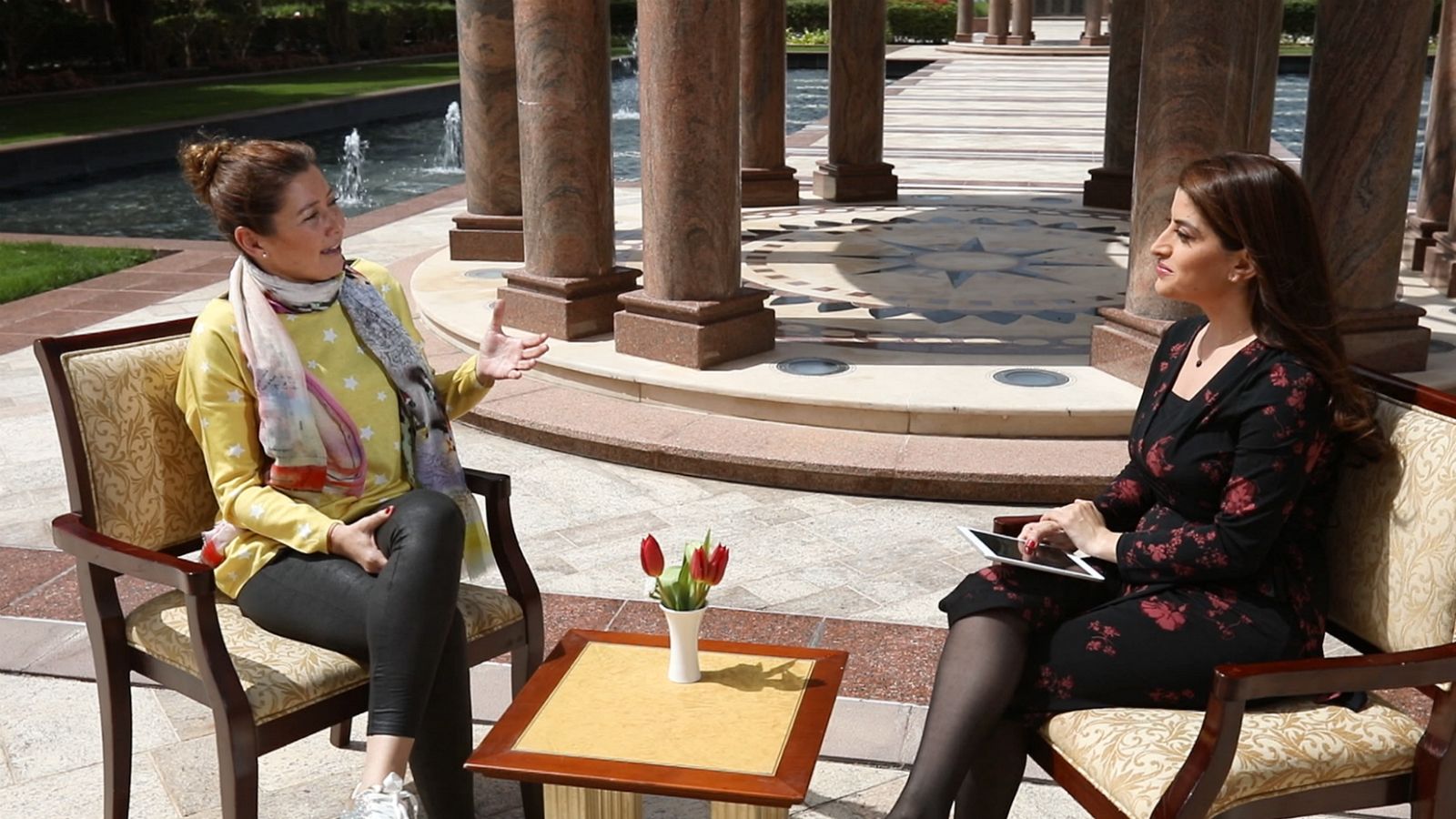
Sara Baras speaks to Euronews’ Daleen Hassan
“The shadow, in this case, is the silhouette of a dancer,” Baras explained.
“The shadow that you have always carried behind you is an important reminder to not forget the things that have guided you there; so when you’re lacking in strength, your shadow will help you carry on,” she added.
In 1998 Baras formed her own ballet, ‘Flamenco Ballet Sara Baras’, which has been performed over 4,000 times around the world.
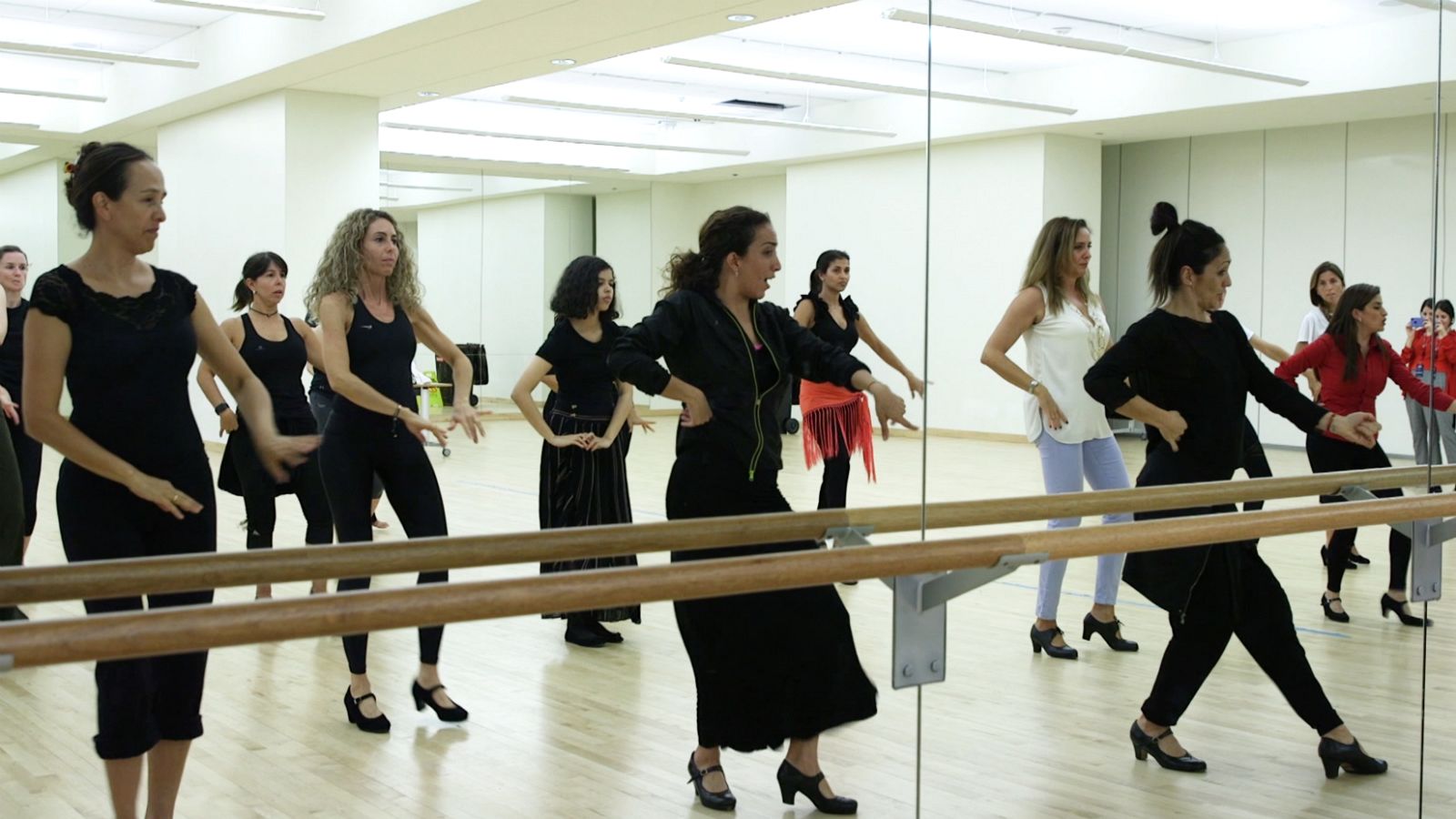
Sara Baras’ company also hosted a flamenco workshop
CHALLENGING GENDER
The flamenco star is renowned to challenge gender stereotypes.
The main theme of her show ‘Sombras’ is the ‘Farruca’, a dance of strength, which is traditionally performed by men and is characterised by its elegance and simplicity.
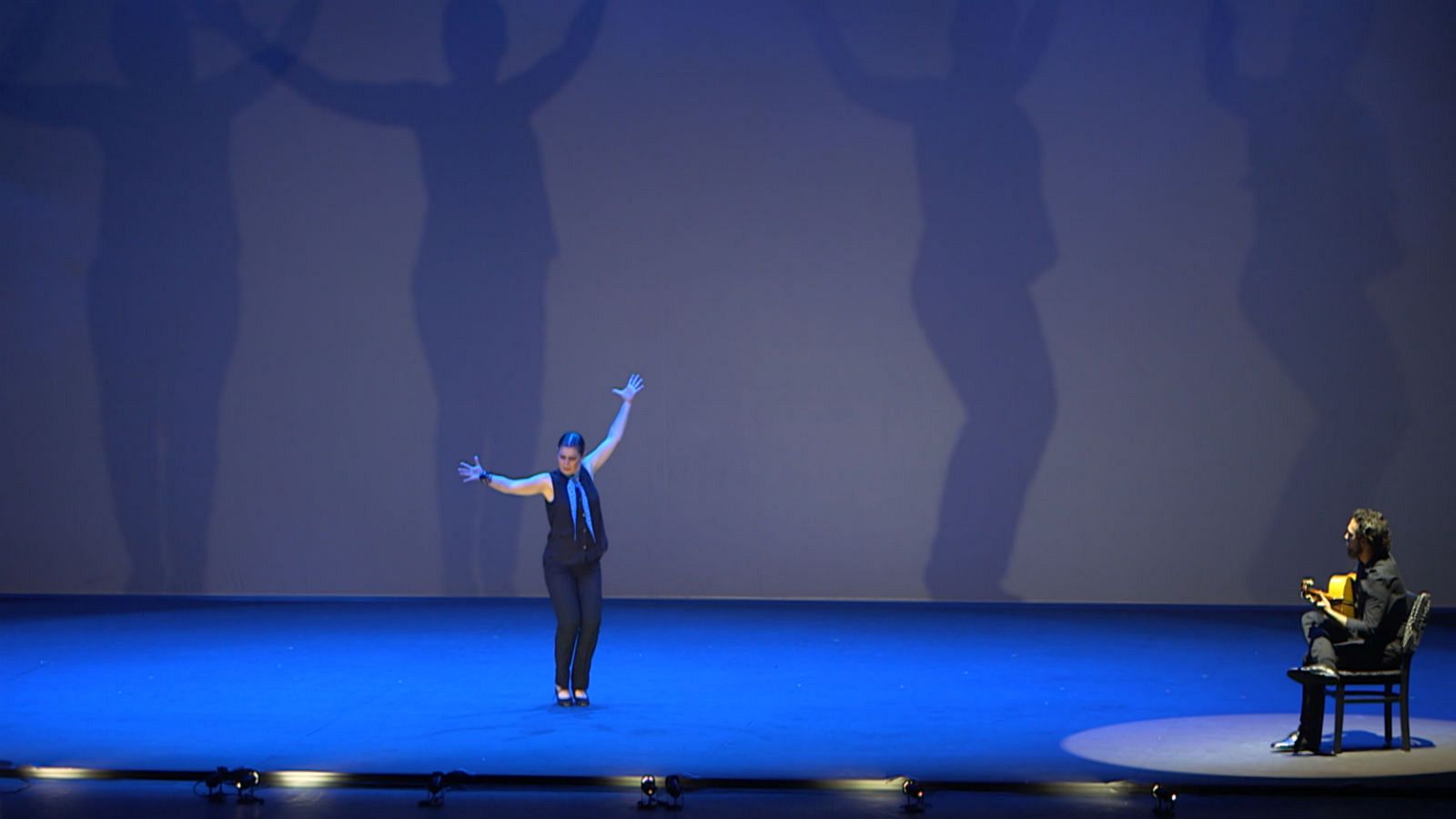
Sara Baras performing in Abu Dhabi
“When I first danced the Farruca, 20 years ago it had a profound impact on me, so with Sombras, I wanted to remember and showcase that taking risks can make you grow beyond your expectations,” said Baras.
Breathtaking performance
sarabarasin #abudhbaifestival Oleeee#flamenco roots and styles in #inspiremiddleeast this week euronews pic.twitter.com/nszT3LimRI— daleen hassan (@daleenhassan) March 28, 2019
HOW HAS ARABIC CULTURE INFLUENCED FLAMENCO?
Designated a UNESCO World Intangible Cultural Heritage in 2010, Flamenco is known to be a dance of feeling and expression made famous by artists like Carmen Amya , Paco de Lucia and Cameron de Isla, to name a few.
The dance and music style was forged by the ancient Andalusian gypsies, bringing together dancers, percussionists, guitarists, and singers to evoke their sorrow and joy.
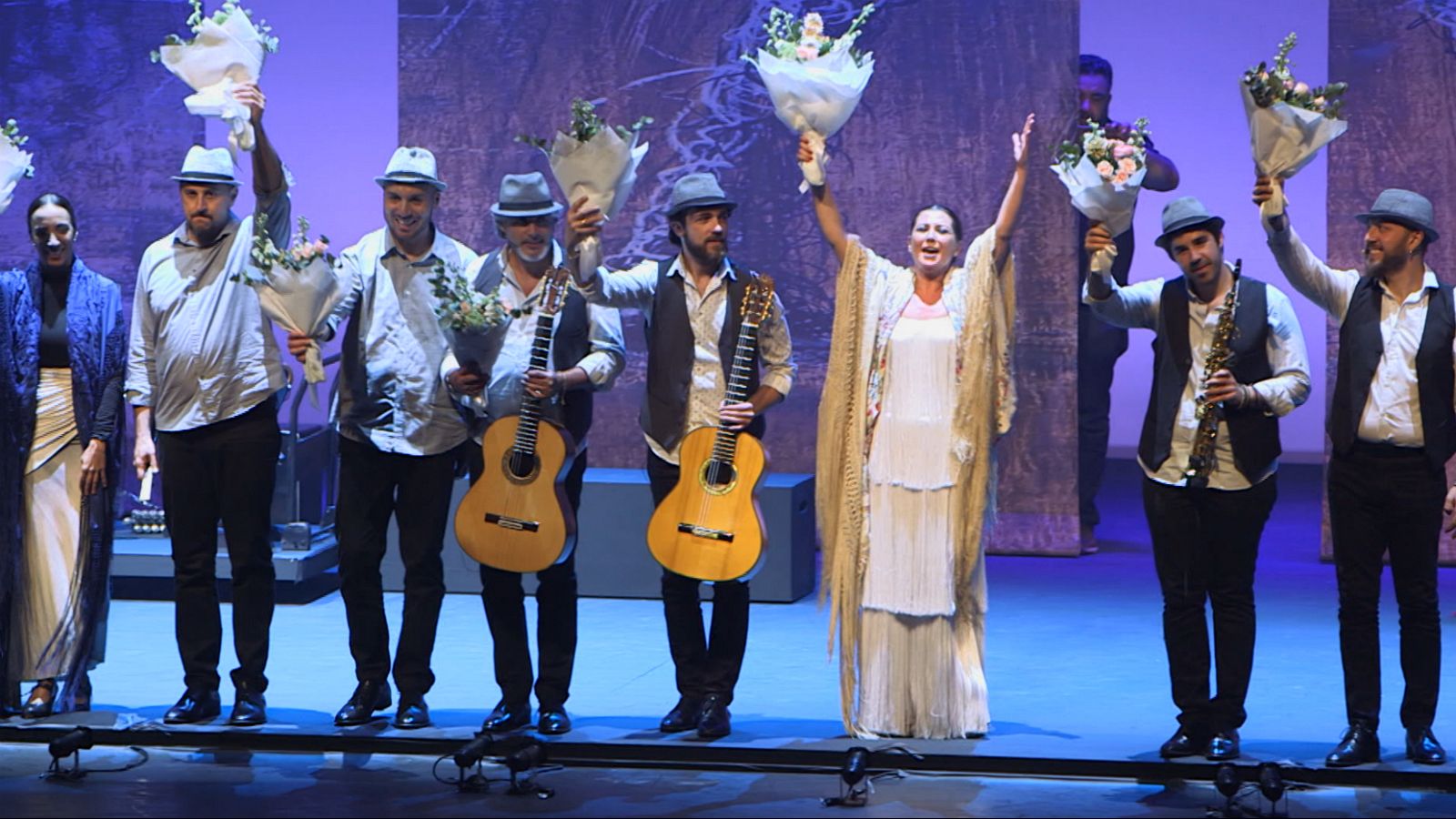
Sara Baras’ performance in Abu Dhabi
While the exact roots of the Spanish tradition are lost to history, it’s believed that there are some Arab influences.
WATCH MORE: How is traditional dance being revitalised in the UAE?
During the Middle Ages, when the Arab Kingdom of Al Andalus was being pushed to decline by Spanish forces, an artistic fusion was formed on the sidelines of the conflict.
The ancient Arabian ‘Mawaal’, a sung poetry, have allegedly shaped flamenco songs.
While the ‘jaleo’, the beat of the rapid handclapping is said to emulate the folk melodies and dances of the Middle East.
“Flamenco is an art that has drunk from other cultures and the Arab culture is of course present,” said Baras.
SEEN ON SOCIAL: ABU DHABI RESIDENTS CELEBRATE FLAMENCO
Priscilla who lives in Abu Dhabi posted this dance move saying she loves the passion of Flamenco.
View this post on Instagram It’s weekend!!! #show #flamenco #dance #spanish #clap #guitars #weekendfun #outandabout
A post shared by Life of Lucie (@cheveuxchatains) on Mar 22, 2019 at 11:55am PDT


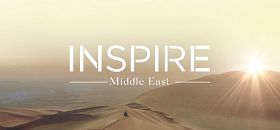

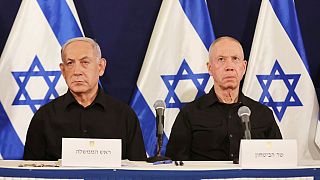
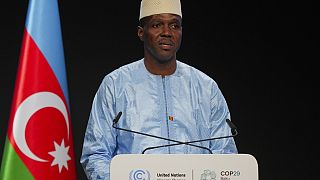
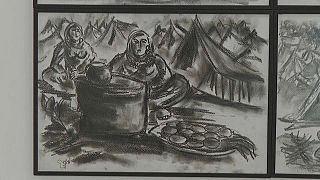
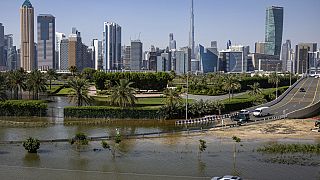
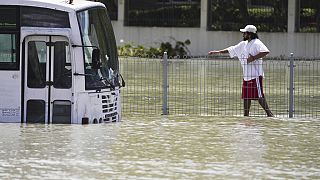


02:18
Animation dreams in Togo: Michel Ocelot inspires at the FIGA festival
Go to video
Russia probes alleged cargo jet shoot-down in Sudan's Darfur
02:20
Museum at berth brings culture to Moroccan audiences
02:17
Mental health patients in Mali find their voice through theater
02:20
Rwandan artists present a "genocide play" in a theater in Pakistan
00:51
Egypt, UAE Presidents hold talks in Cairo